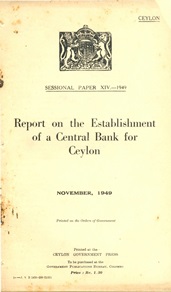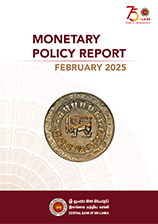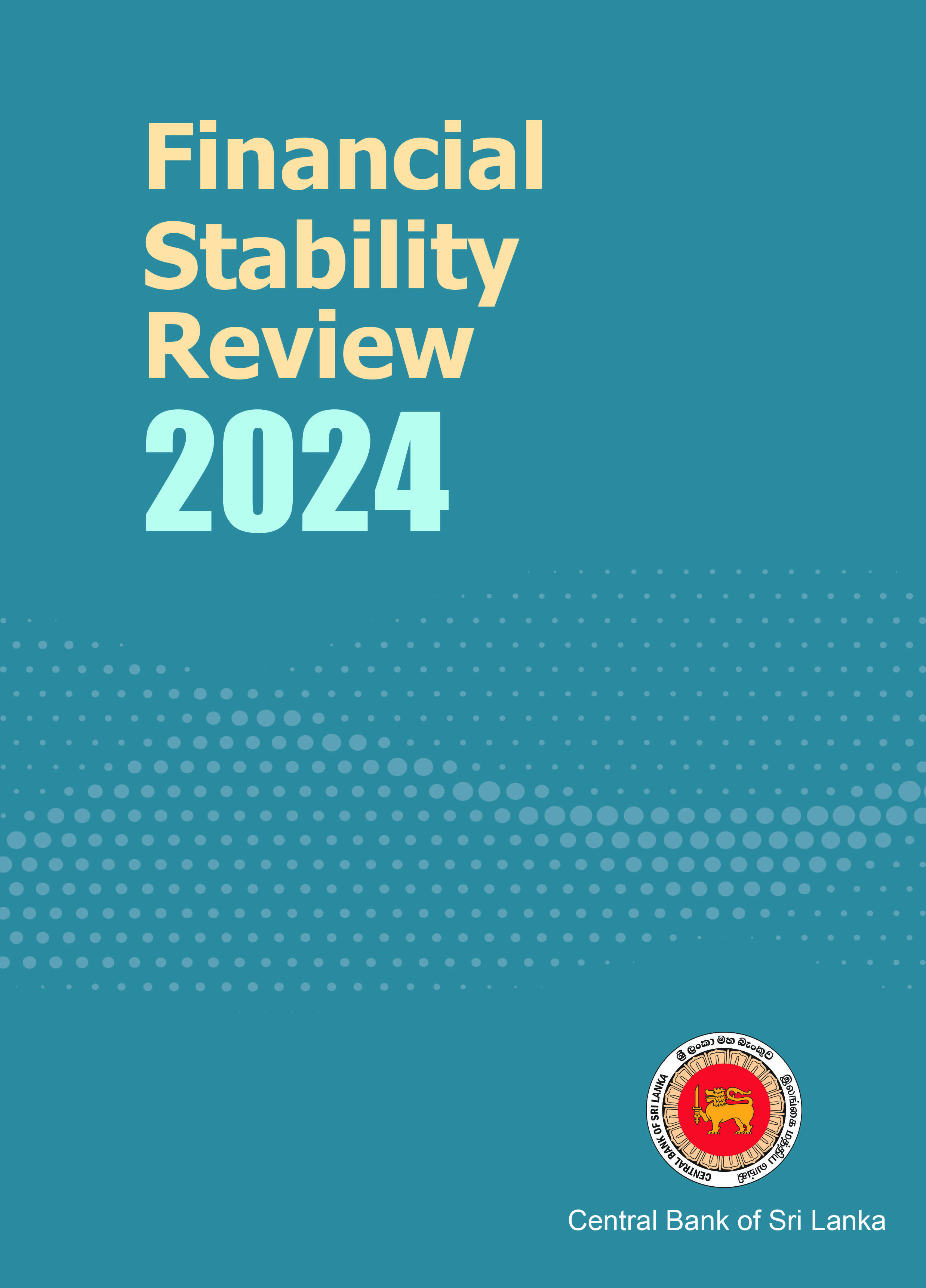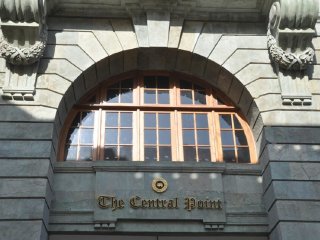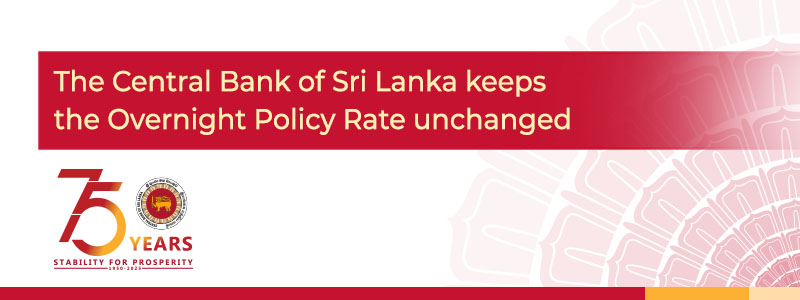The merchandise trade deficit recorded an expansion in January 2024, mainly due to higher import expenditure.
With regard to services trade, notable inflows were observed in January 2024 into sea transport, air transport, and computer and IT/BPO related services compared to January 2023. Meanwhile, major outflows were recorded in the form of air transport, sea transport, and management and consulting services.
Workers’ remittances recorded an improvement in January 2024, compared to the corresponding period of the previous year.
Earnings from tourism recorded the highest monthly value in January 2024 since January 2020.
Foreign investments in the government securities market recorded a net outflow in January 2024.
Gross Official Reserves continued to improve to US dollars 4.5 billion by end January 2024 and the Sri Lanka rupee recorded an appreciation of 4.4 per cent during the year up to 29 February 2024.







